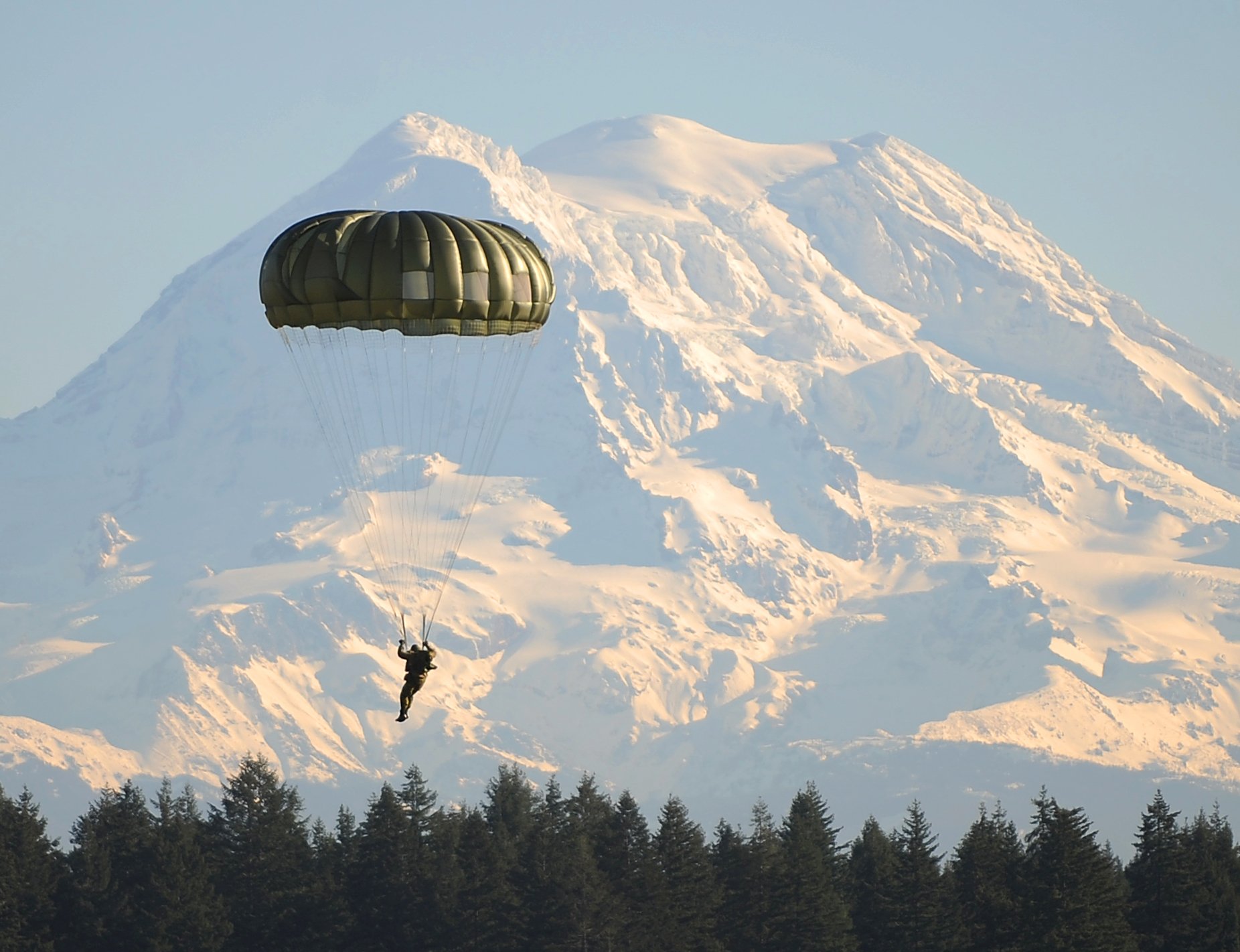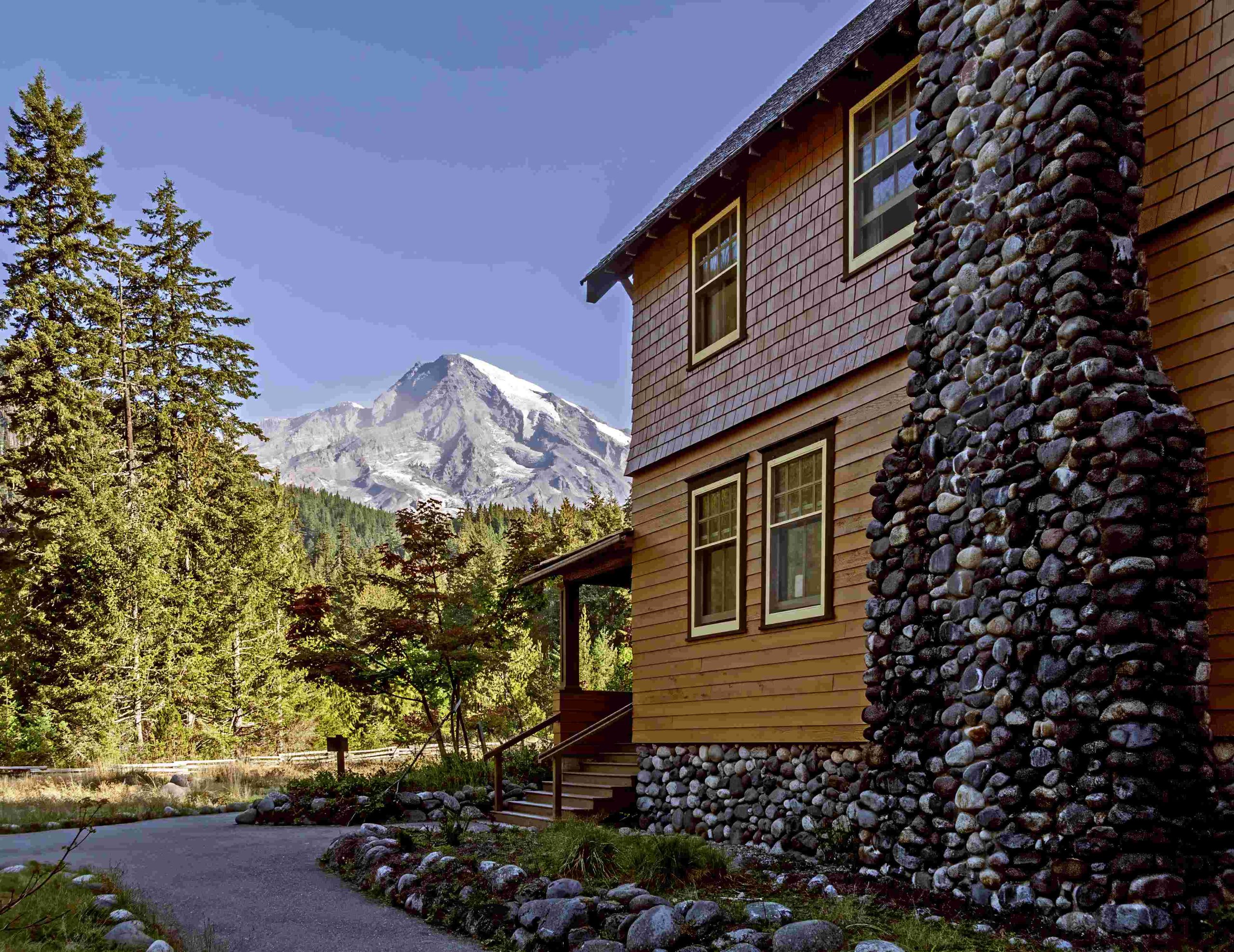Mount Rainier Memorial Park, established in 1899, is a 236,381-acre national park centered around the iconic Mount Rainier, an active stratovolcano standing at 14,411 feet. The park offers diverse ecosystems, from old-growth forests to subalpine meadows, and is home to over 25 glaciers. Visitors can explore numerous hiking trails, witness stunning wildflower displays, and experience the raw beauty of the Cascade Range.
What Makes Mount Rainier Memorial Park Unique?

Mount Rainier Memorial Park stands out for its breathtaking landscapes, diverse ecosystems, and the majestic Mount Rainier itself. The park’s unique features include:
- Iconic Mount Rainier: An active volcano and the most glaciated peak in the contiguous U.S.
- Diverse ecosystems: From lowland forests to subalpine meadows
- Extensive trail network: Over 260 miles of maintained trails
- Rich wildlife: Home to numerous species, including black bears, mountain goats, and elk
- Spectacular wildflower meadows: Especially vibrant during summer months
What Are the Must-See Attractions in Mount Rainier Memorial Park?

1. Paradise Area
- Description: Known for its wildflower meadows and panoramic views
- Key features:
- Jackson Visitor Center
- Skyline Trail
- Nisqually Vista Trail
2. Sunrise Area
- Elevation: 6,400 feet
- Highlights:
- Highest point in the park accessible by vehicle
- Stunning views of Mount Rainier and surrounding valleys
- Sunrise Visitor Center
3. Grove of the Patriarchs
- Location: Ohanapecosh area
- Attraction: Ancient forest with trees over 1,000 years old
4. Reflection Lakes
- Best time to visit: Early morning for mirror-like reflections of Mount Rainier
- Activities: Photography, picnicking, short hikes
What Are the Best Hiking Trails in Mount Rainier Memorial Park?
- Wonderland Trail
- Length: 93 miles
- Difficulty: Strenuous
- Duration: 10-14 days
-
Highlights: Circumnavigates Mount Rainier, passes through various life zones
-
Skyline Loop Trail
- Length: 5.5 miles roundtrip
- Difficulty: Hard
- Elevation gain: 1,450 feet
-
Views: Meadows, glaciers, waterfalls, and surrounding volcanoes
-
Naches Peak Loop
- Length: 3.5 miles
- Difficulty: Moderate
-
Features: Wildflower meadows, lake views, part of the Pacific Crest Trail
-
Comet Falls Trail
- Length: 3.8 miles roundtrip
- Difficulty: Moderate to hard
- Attraction: 320-foot Comet Falls
What Are the Camping Options in Mount Rainier Memorial Park?
| Campground | Number of Sites | Reservations | Season |
|---|---|---|---|
| Cougar Rock | 173 | Yes | Late May – Late September |
| Ohanapecosh | 188 | Yes | Late May – Late September |
| White River | 112 | First-come, first-served | Late June – Late September |
| Mowich Lake | 13 | First-come, first-served | July – Early October |
Backcountry Camping
- Requires wilderness permit
- Available at 18 trailside wilderness camps and 3 alpine climbing camps
How Can Visitors Best Experience Wildlife in Mount Rainier Memorial Park?
- Best viewing areas:
- Sunrise area for mountain goats
- Reflection Lakes for elk
-
Paradise meadows for marmots and black bears
-
Wildlife viewing tips:
- Visit during early morning or late evening
- Maintain a safe distance (at least 100 yards from bears and wolves, 25 yards from other wildlife)
- Use binoculars or spotting scopes
-
Stay quiet and downwind
-
Safety precautions:
- Store food properly in bear-resistant containers
- Never feed wildlife
- Stay on designated trails
What Are the Seasonal Highlights of Mount Rainier Memorial Park?
Spring (April – June)
- Waterfalls at peak flow
- Lower elevation trails become accessible
- Early wildflowers begin to bloom
Summer (July – September)
- Peak season for hiking and camping
- Subalpine wildflower meadows in full bloom
- All park roads and facilities typically open
Fall (October – November)
- Fall foliage colors peak
- Less crowded trails
- Potential for early snow at higher elevations
Winter (December – March)
- Snow-covered landscapes
- Winter recreation activities (snowshoeing, cross-country skiing)
- Limited road access and facilities
How Can Visitors Contribute to Conservation Efforts in Mount Rainier Memorial Park?
- Follow Leave No Trace principles:
- Pack out all trash
- Stay on designated trails
-
Respect wildlife
-
Volunteer opportunities:
- Trail maintenance
- Invasive plant removal
-
Visitor education programs
-
Support the Mount Rainier National Park Associates:
- Become a member
- Participate in fundraising events
-
Contribute to specific conservation projects
-
Reduce carbon footprint:
- Use park shuttles when available
- Carpool to the park
- Choose eco-friendly accommodations
By following these guidelines and actively participating in conservation efforts, visitors can help preserve Mount Rainier Memorial Park for future generations while enjoying its natural wonders responsibly.

